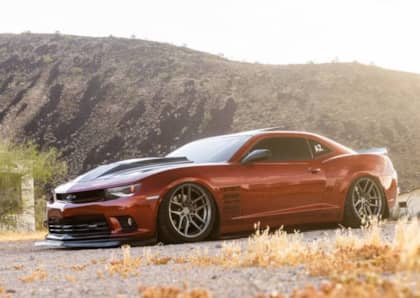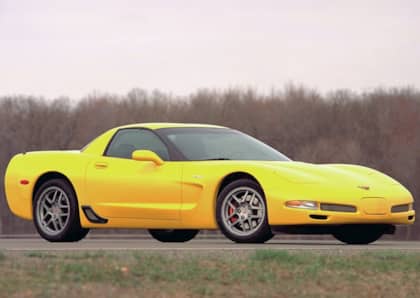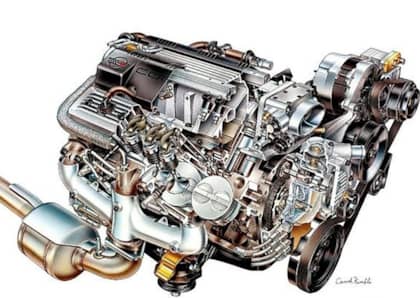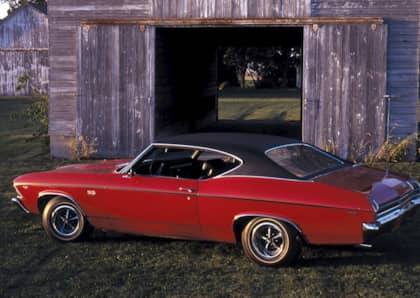The 5 Best Chevy V8 Engines Of All-Time
Chevrolet has sold some of the best-performing V8 engines to have ever left a factory. More than that, the company has produced millions of eight-cylinder motors, to the point where the enormous fanbase for these popular and inescapable designs has established one of the most devoted followings in the world.
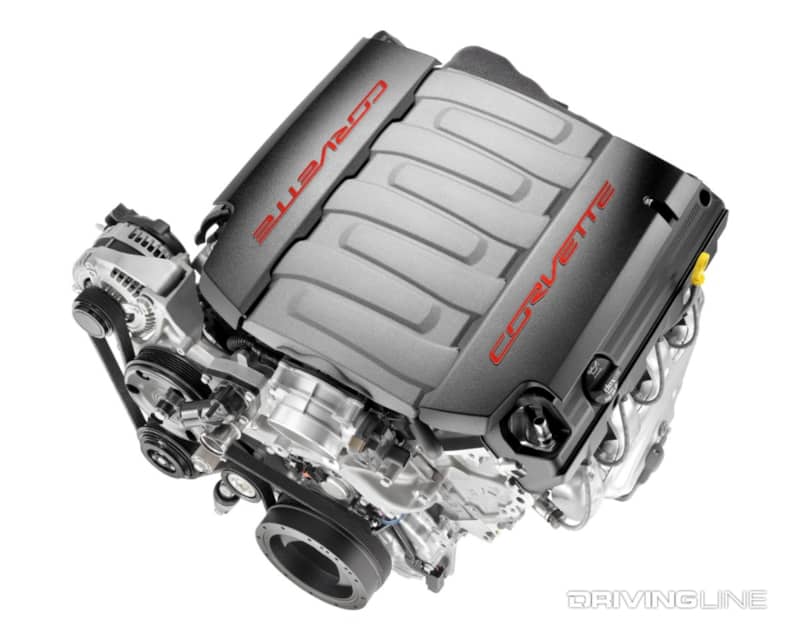
That makes it more than a little complicated when it comes to picking favorites, because you're almost guaranteed to leave out more than one deserving candidate—and then hear about it later. That being said, here are our brave picks for the 5 best Chevy V8 engines of all-time.
1st Gen Small Block Chevy
Whether it's the 265 or 283 cubic inch engines that powered Chevrolet through the 1950s and 1960s or the 305 and 350 cubic inch motors that dominated street performance in the 1980s, the first-generation small block Chevrolet V8 has had an impact like no other eight-cylinder engine in automotive history.
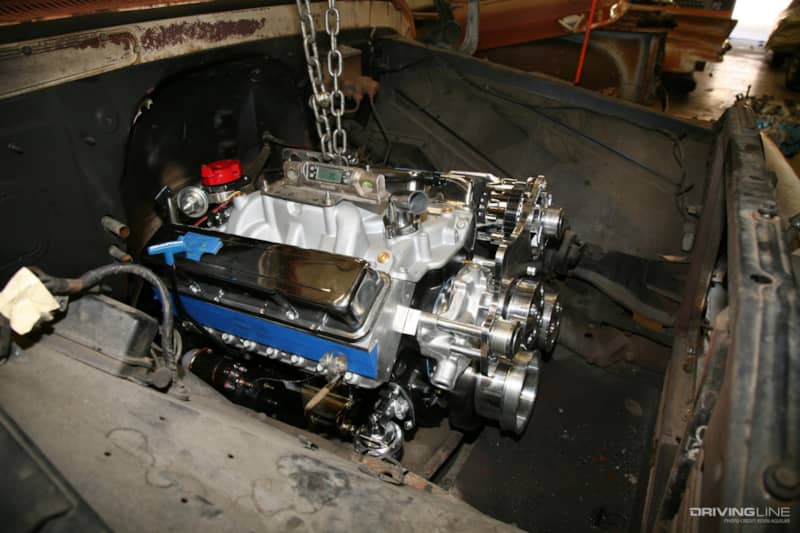
The small block Chevy V8 was a revolution in terms of simplicity and power. Easy to work on, and featuring good parts interchange along much of its lifespan, dozens of first-generation SBC variants ranged from mild to wild, with horsepower approaching the 400 mark in the early 1970s. As electronic fuel injection entered the picture in the 1980s as the small block became a common feature in performance models like the Camaro and the Corvette, (alongside early TBI applications in trucks and vans).
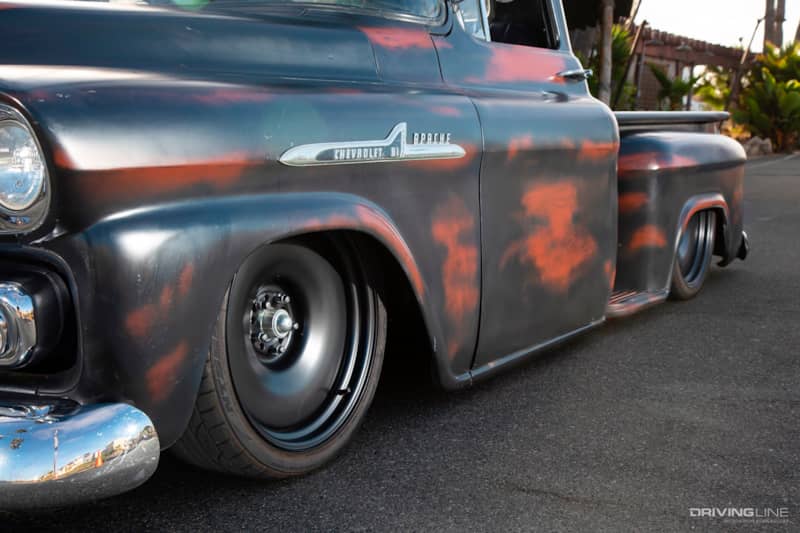
Ubiquitous and affordable, the original small block Chevrolet V8 is the most popular high performance and hot rod engine in the world.
454 LS6
Chevrolet put out some impressive big block engines during the muscle car era, including the groundbreaking 396, the Beach Boys inspiring 409, and the ultra-rare 427 L72 and L88 motors.
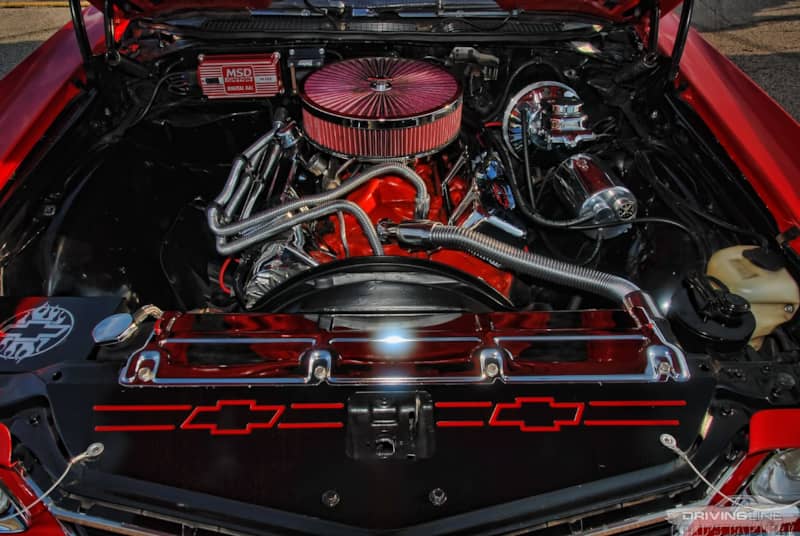
Of these, the hairiest was the 454 cubic inch LS6, which built on the knowledge gained from developing each of its predecessors. Arriving in 1970, it represented the apex of General Motors big block V8 development, and it was offered in the El Camino, the Chevelle, and for one year only (1971) the Corvette. High compression, with a solid lifter camshaft, huge valve lift, and a massive 800 cfm Holley carburetor, output was listed at 450 hp (425 hp in the Corvette) and 500 lb-ft of torque, which was more than enough to shred tires at the drop of a hat.
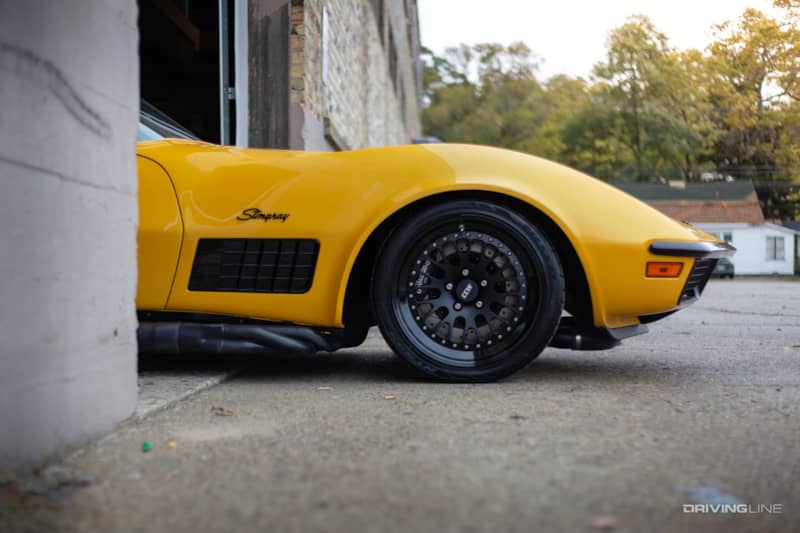
The 454 continued past 1972 as an option for trucks, commercial vehicles, and full-size cars, but the LS6 was replaced in performance cars by the more modest LS5, which itself was out of the picture by 1975.
5.7 LS1
The third-generation Chevrolet small block is better known as the LS. Arriving in the late 1990s (first in the Corvette, then the F-body Camaro and its Pontiac Firebird sibling), the original 5.7L LS1 engine was the foundation for most of GM's next two decades of V8 development.
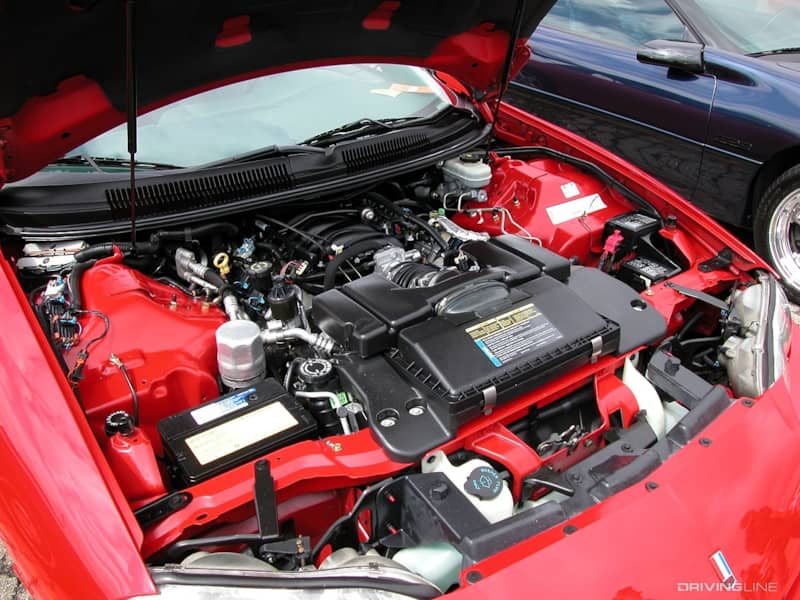
The LS1 presented a number of innovations versus previous Chevy V8s. Using an entirely aluminum block (50 percent lighter than the second-generation LT1), the motor also featured coil-on-plug ignition, the engine was good for up to 350 hp. It also retained the small block's pushrod heritage, preserving its reputation as an approachable motor for the aftermarket.
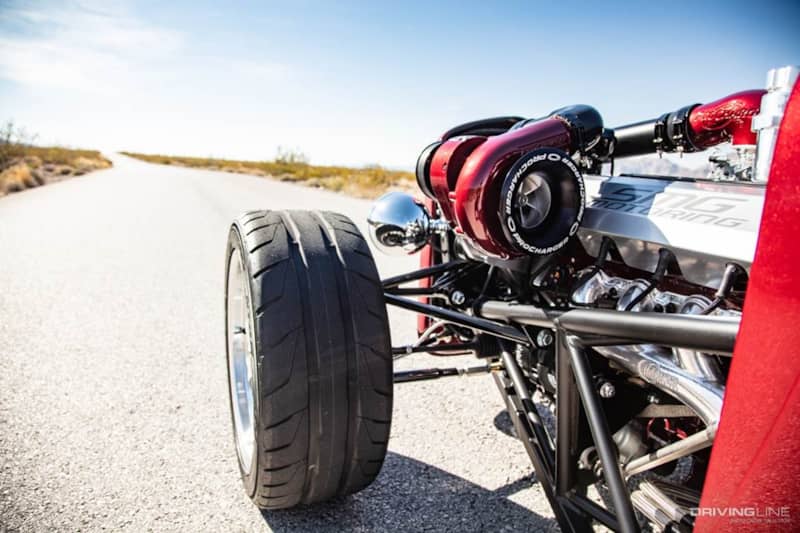
The LS1's basic principles spread through to pickups as part of the Vortec-branded LS engines, resulting in millions of cheap and similar motors being produced at the end of the 1990s and early 2000s. Today, those motors serve as the backbone for innumerable swaps and project vehicles, all thanks to the path pioneered by the LS1.
7.0 LS7
While most of the LS performance family is noteworthy in some way or another, the 7.0L LS7 deserves to be singled out for its incredible naturally-aspirated output. While engines like the LS9 turned to forced induction to produce even more incredible horsepower and torque numbers, the LS7's 505 hp rating (along with 470 lb-ft of torque) remains the most impressive all-motor member of the LS family.
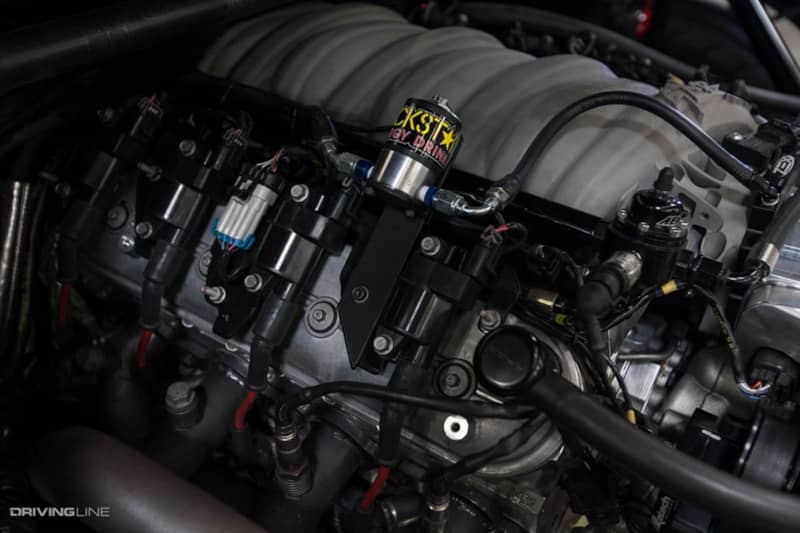
The LS7 was restricted to just two models: the Chevrolet Corvette Z06 (2006-2013) and the Chevrolet Camaro Z28 (2014-2015).
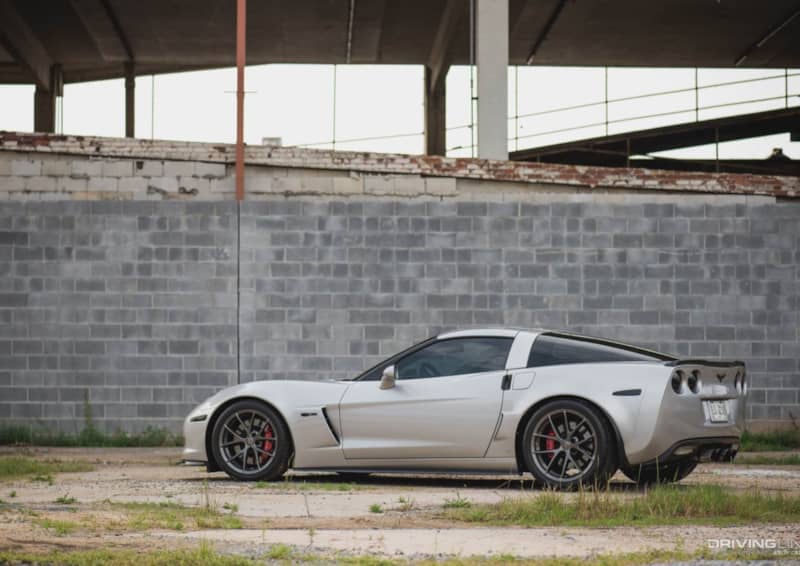
The 7.0L mill represented the apex of the small block Chevrolet's fourth-generation architecture, and like the LS1 before it, it was a lightweight all-aluminum missile that had no answer from any other automaker in Detroit (outside of Dodge's Viper, which only managed to overpower it by adding an extra pair of cylinders into the mix).
6.2 LT1/LT2/L86/L87
The fifth-generation small block Chevrolet V8 is best represented by its 6.2L edition. So broad is the appeal of this motor that it's hard to restrict it to just the high output LT1 and LT2, as the L86 and L87 designs found in the brand's full-size trucks and SUVs are just as representative of this motor's charms.
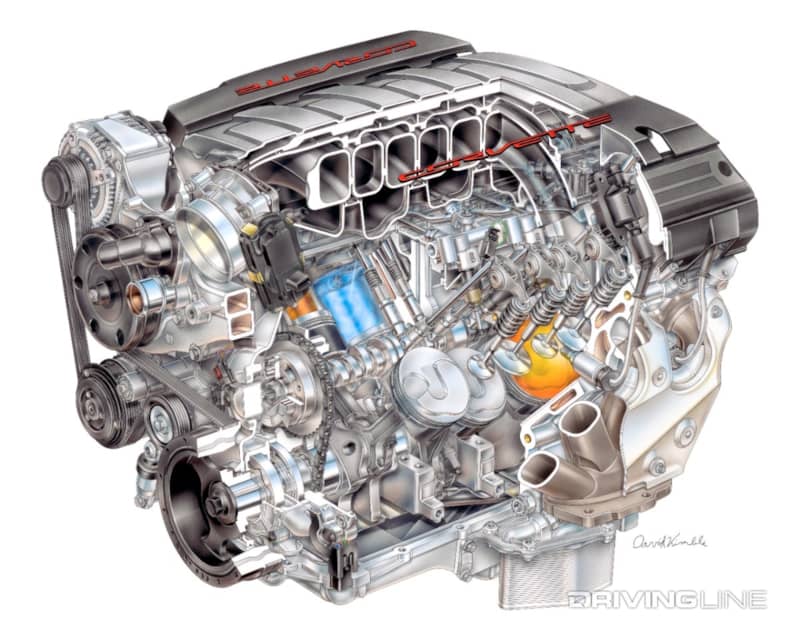
As with most things LS, the initial appearance of the 6.2L was in the Corvette, with the 2014 model year bringing a 460 hp LT1. Two years later that motor found its way into the Camaro, too, where it still resides. When the C8 arrived on the scene, it was gifted with a 490 hp, dry-sump LT2. The L86 (2014-2018) and L87 (2019-present) are nearly as mighty with a 420 hp rating, but power production is aimed roughly a thousand revs lower, with maximum torque of 460 lb-ft coming on at 4,100 rpm.

The 6.2L is remarkable for its effortless grunt, its reliable operation, and its sophistication (variable valve timing, cylinder deactivation), all wrapped up in the same pushrod package that Chevrolet fans have been welcoming for nearly 70 years.
More From Driving Line
- Performance Roadblocks For The 5.7 LS1 V8: Stepping Up From Stock Power
- The LS1 V8 Transformed The F-Body Chevrolet Camaro and Pontiac Firebird Into '90s Muscle Car Superheroes
- Performance Roadblocks of the LS7 V8: 4 Upgrade Tips For Moving Past Stock Horsepower
- LS V8 High Performance Guide: Everything You Need To Know For Your Next Engine Project
- The Chevrolet 454 LS6 Was The Peak Of GM Big Block V8 Performance
- The 396ci Big Block V8 Was A Game-Changer For Chevrolet Muscle Cars
- The Big Block C2 And C3 Corvettes Ruled Chevy's High Performance Muscle Car Golden Age
- The Chevrolet 454 Was The Ultimate GM Pickup Truck Big Block V8
- She's Real Fine My 409: Chevrolet's Pioneering Big Block Was More Than Just A Beach Boys Lyric




